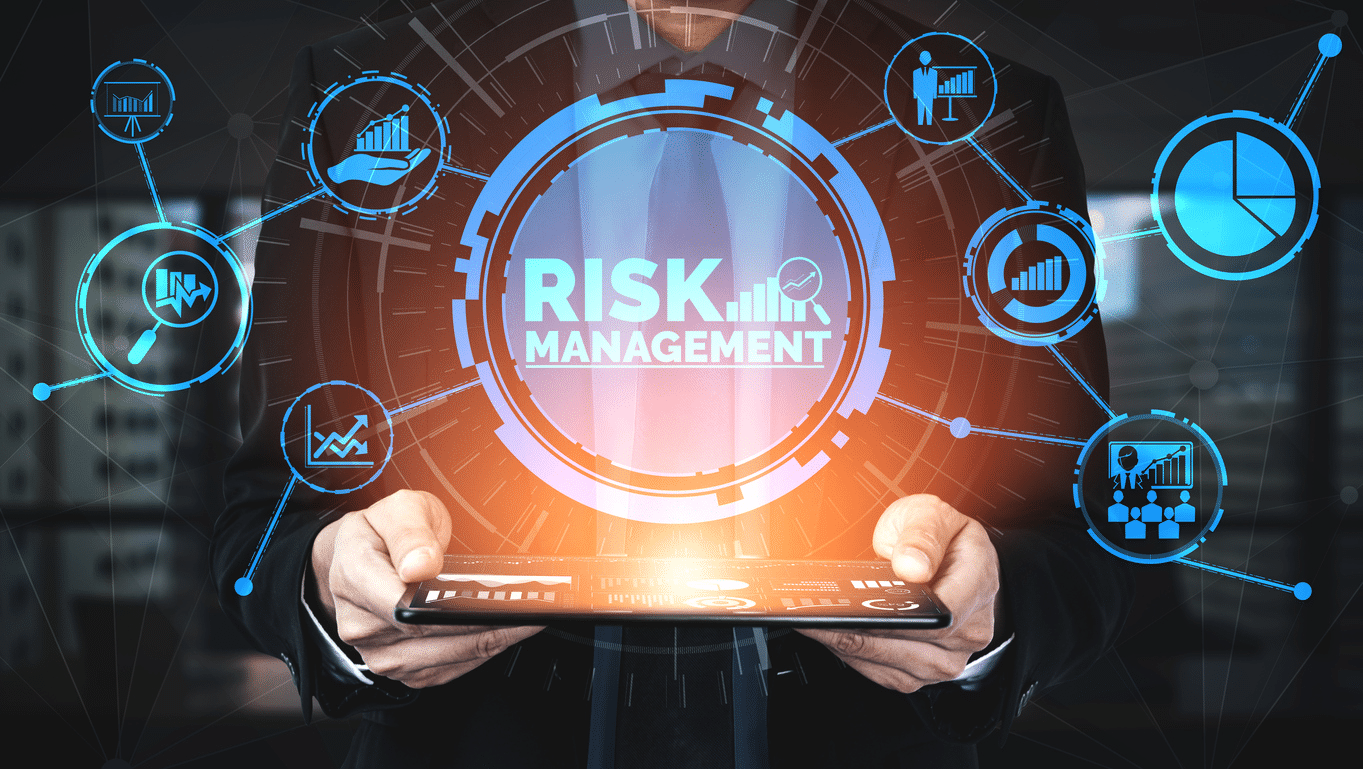
All EMS operations carry some inherent degree of risk. Your responders must have the skills to assess risk while in the field correctly. In addition to these skills, your responders must be willing to implement risk assessment for every run. To skip the risk assessment step is a drastic breach of protocol that will leave both your responders and patients less safe.
How Risk Assessments Benefit Your Organization?
An effective risk management plan makes your organization safer for everyone involved, both your staff and your patients. The best risk assessment strategies are broken down into several key steps, all of them essential.
The first is identifying the risk. This critical first step entails proactively finding risk exposures. Carefully evaluate how departments function and what they are likely to encounter based on precedent. An effective EMS management system can streamline the process by managing checklists and incident reports, saving time, and making efforts more thorough.
Next, you must quantify risks. For example, how likely is a threat to occur, and how severe will its impact be? Based on these evaluations, your team can know how extensive your mitigation efforts must be to protect against that risk.
Understanding the impact and likelihood of risks allows your team to prioritize and distribute resources as appropriate. That is a complex task, and it will involve the cooperation of multiple departments and notifications and protocols for many of your staff. An EMS management system can make these administrative tasks much more straightforward.
Mitigating Risk Through Assessments
Risk assessments are a core element of exposure avoidance. The simple fact of the matter is that a defined and controlled approach results in fewer incidents and less severity when they do occur. The lack of training and equipment that would have been determined necessary during an assessment will leave your responders without the tools they need in the field.
Another critical function of risk assessment is to allow your organization to implement segregation of loss exposures. These measures are preventative, ensuring that exposure leads to minimal damage.
The risk assessment identifies how risks to one individual or department can affect others and plans for those contingencies. Without this planning, your organization can find itself going without key supplies if a sole supplier fails to deliver or missing a critical skill in the field because the only trained responder isn’t on that shift.
Risk assessment can help your team identify situations where external help is required. When you have a prior understanding of when it is appropriate or necessary to call in another organization to handle a problem, you can ensure that your staff and responders don’t end up in situations they are not trained to handle.
Overall, skipping risk assessment will open your organization up to potential disasters on all fronts. There is a reason that risk assessment has become a fundamental part of EMS operations everywhere.
Our EMS management systems can streamline your risk assessment procedures and documentation. To find out more, contact sales@ninthbrain.com to see what we can do for you.